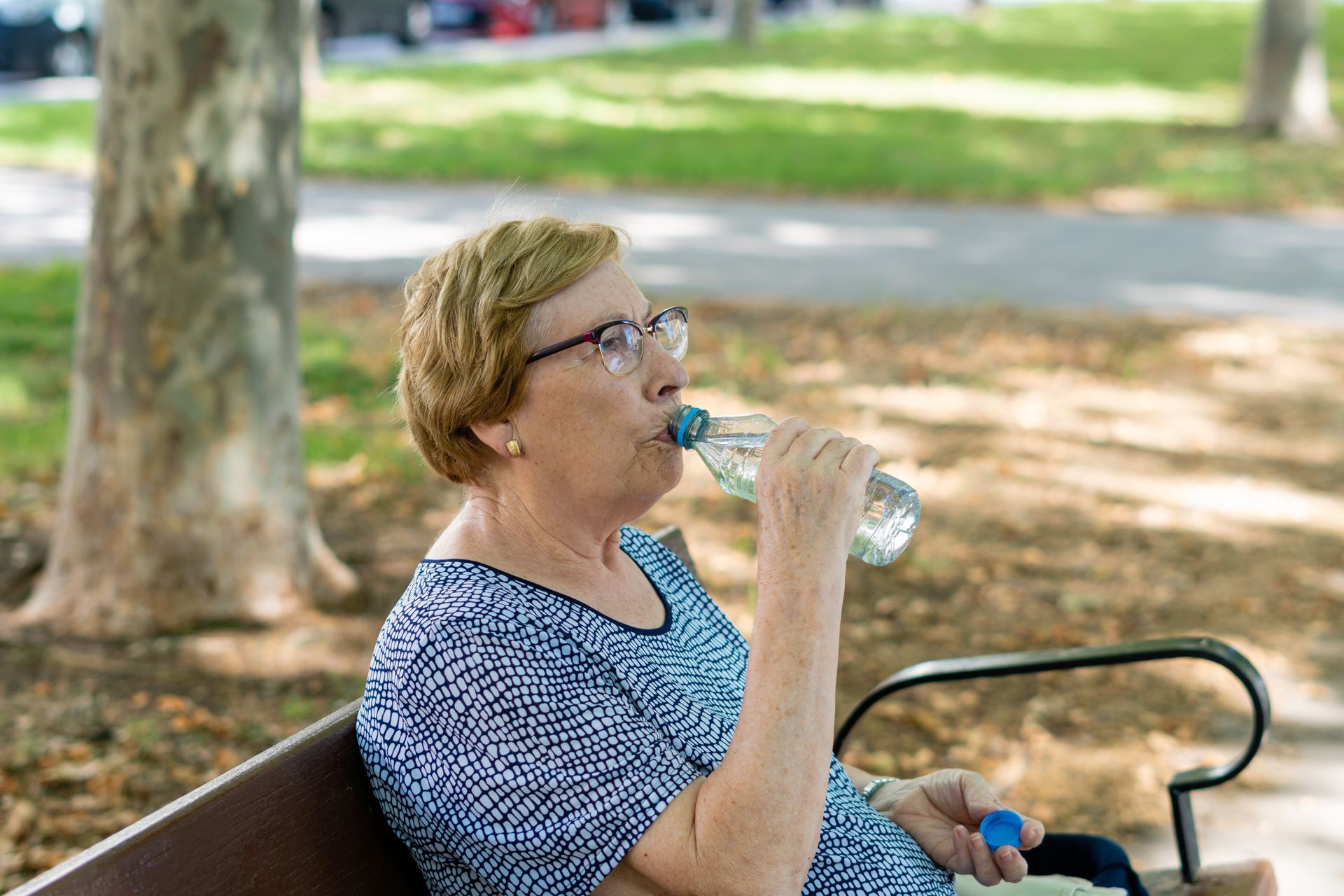BLOG
Elderly Plan Business Kit for Those Recently Diagnosed with Dementia
A dementia diagnosis can be a life-altering experience, not only for the individual diagnosed but also for their family and loved ones. The realization that cognitive decline may gradually impair one’s ability to make decisions and manage daily life can be overwhelming. However, with proper planning and preparation, those diagnosed with dementia can take proactive steps to secure their future and maintain their quality of life for as long as possible. Planning becomes crucial in ensuring that legal, financial, healthcare, and daily living needs are met and that a strong support system is in place to provide the necessary assistance.
This article will guide you through the essential elements of planning after a dementia diagnosis, offering practical advice on legal and financial matters, healthcare, support systems, and maintaining daily living routines.
Legal and Financial Planning
One of the first steps after receiving a dementia diagnosis should be to update legal documents and address financial matters. It’s essential to ensure that all legal paperwork is in order while the individual is still capable of making informed decisions. Wills, living wills, and powers of attorney should be reviewed and updated to reflect the individual’s current wishes. A durable power of attorney for healthcare and finances is particularly important, as it designates a trusted person to make decisions on behalf of the individual when they are no longer able to do so. This legal protection can help avoid potential conflicts and ensure that the individual’s preferences are honored.

Managing finances and assets is another critical aspect of planning. With dementia, it becomes increasingly difficult to handle financial responsibilities such as paying bills, managing investments, and budgeting. Establishing a joint bank account with a trusted family member or setting up automatic bill payments can help manage these tasks more easily. Financial professionals can also help explore options such as long-term care insurance, which can be a valuable resource in covering the costs of care as the disease progresses.
Healthcare and Care Planning
As dementia progresses, healthcare needs become more complex, making it essential to create a comprehensive care plan. This plan should include regular medical check-ups, medication management, and strategies for monitoring the progression of the disease. Early in the diagnosis, it is beneficial to work closely with healthcare providers to develop a treatment plan that addresses both the current symptoms and potential future needs. This may involve consulting with neurologists, geriatricians, and other specialists who can provide expert care and monitor the progression of the disease.
Creating a care plan also involves exploring various care options. Depending on the stage of dementia, the individual may initially require minimal assistance but eventually need more intensive care. Options include in-home care, adult day care, assisted living facilities, and memory care units. Each option offers different levels of support and should be chosen based on the individual’s needs and preferences. It’s important to visit these facilities, ask questions, and understand the services they provide to ensure the best possible care.
Support Systems and Resources
Building a strong support system is vital for both the individual diagnosed with dementia and their caregivers. Family members and friends play a crucial role in providing emotional support, assisting with daily tasks, and helping manage the complexities of the disease. Open communication with loved ones about the diagnosis and future plans is essential for ensuring that everyone is on the same page and can provide the necessary support.
Community resources are also invaluable in managing dementia. Many organizations offer support services, including counseling, respite care, and educational programs for individuals with dementia and their caregivers. These resources can provide much-needed relief, information, and guidance throughout the journey. Support groups, in particular, can offer a sense of community and understanding, allowing individuals and their families to share their experiences, challenges, and advice. Whether in-person or online, these groups can be a source of comfort and practical help.
Counseling and therapy can also benefit both the individual with dementia and their caregivers. Professional counseling can help address the emotional and psychological impact of the diagnosis, offering strategies for coping with the changes and challenges that come with the disease. For caregivers, counseling can provide support in managing stress, preventing burnout, and maintaining their well-being while caring for a loved one with dementia.
Daily Living and Quality of Life
Maintaining independence and daily routines is crucial for enhancing the quality of life for those diagnosed with dementia. While the disease will inevitably bring changes, staying active and engaged can help preserve cognitive function and improve overall well-being. Simple modifications to daily routines and the living environment can make it easier for individuals with dementia to continue participating in activities they enjoy.

Staying physically active is important for overall health and can help manage some of the symptoms of dementia. Regular exercise, such as walking, swimming, or participating in fitness classes designed for seniors, can improve mood, increase energy levels, and promote better sleep. Additionally, engaging in mentally stimulating activities, such as puzzles, reading, or hobbies, can help keep the mind sharp and provide a sense of purpose.
Moving Forward With The Entire Family
A dementia diagnosis is a life-changing event, but with careful planning and a strong support system, it is possible to navigate the challenges ahead with confidence. Assured Senior Living is committed to providing compassionate and personalized care for individuals with dementia. Our experienced staff understands the unique challenges of the disease and is here to support you and your family every step of the way. Contact Assured Senior Living today to learn more about our services and how we can help you create a plan that meets your needs.















